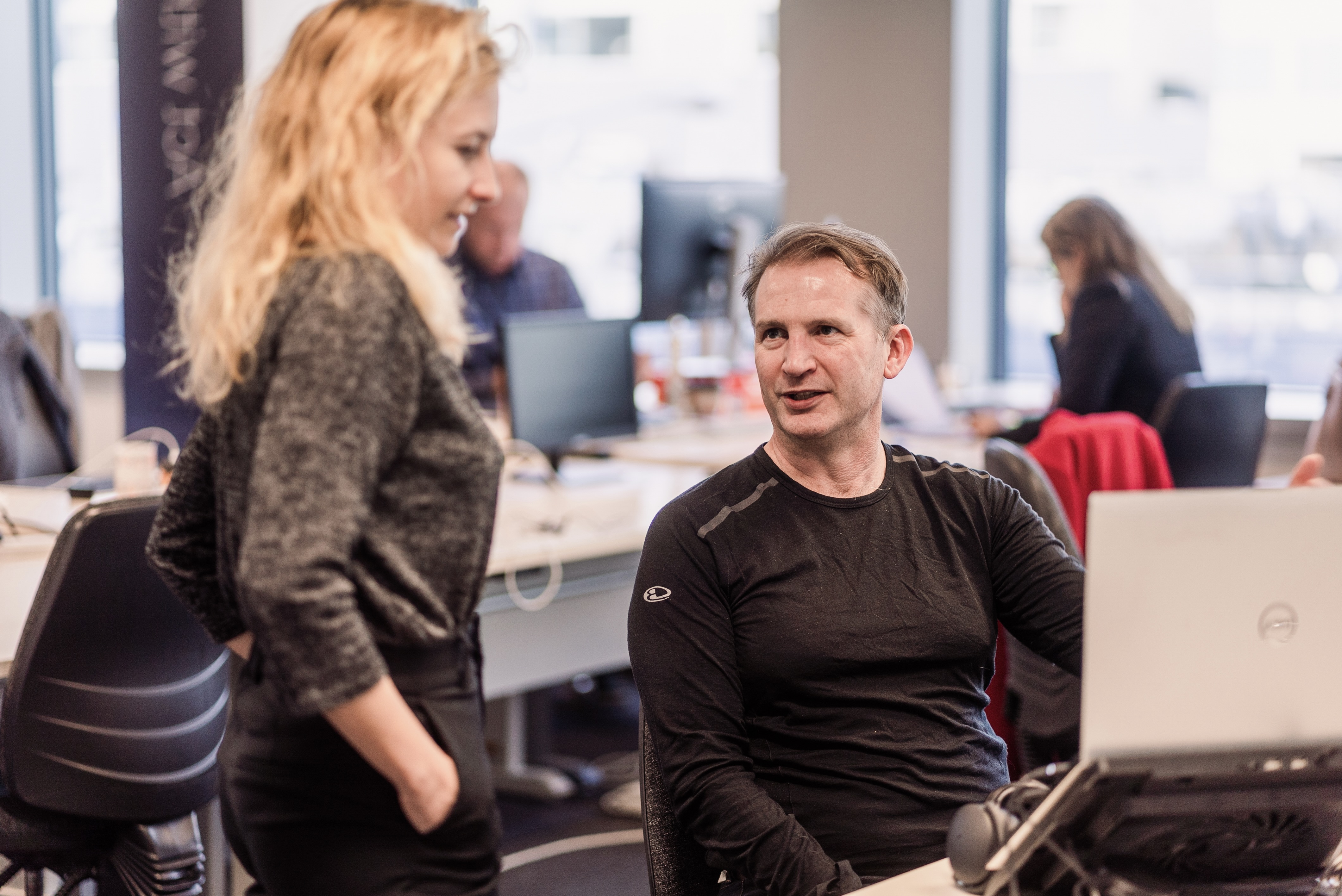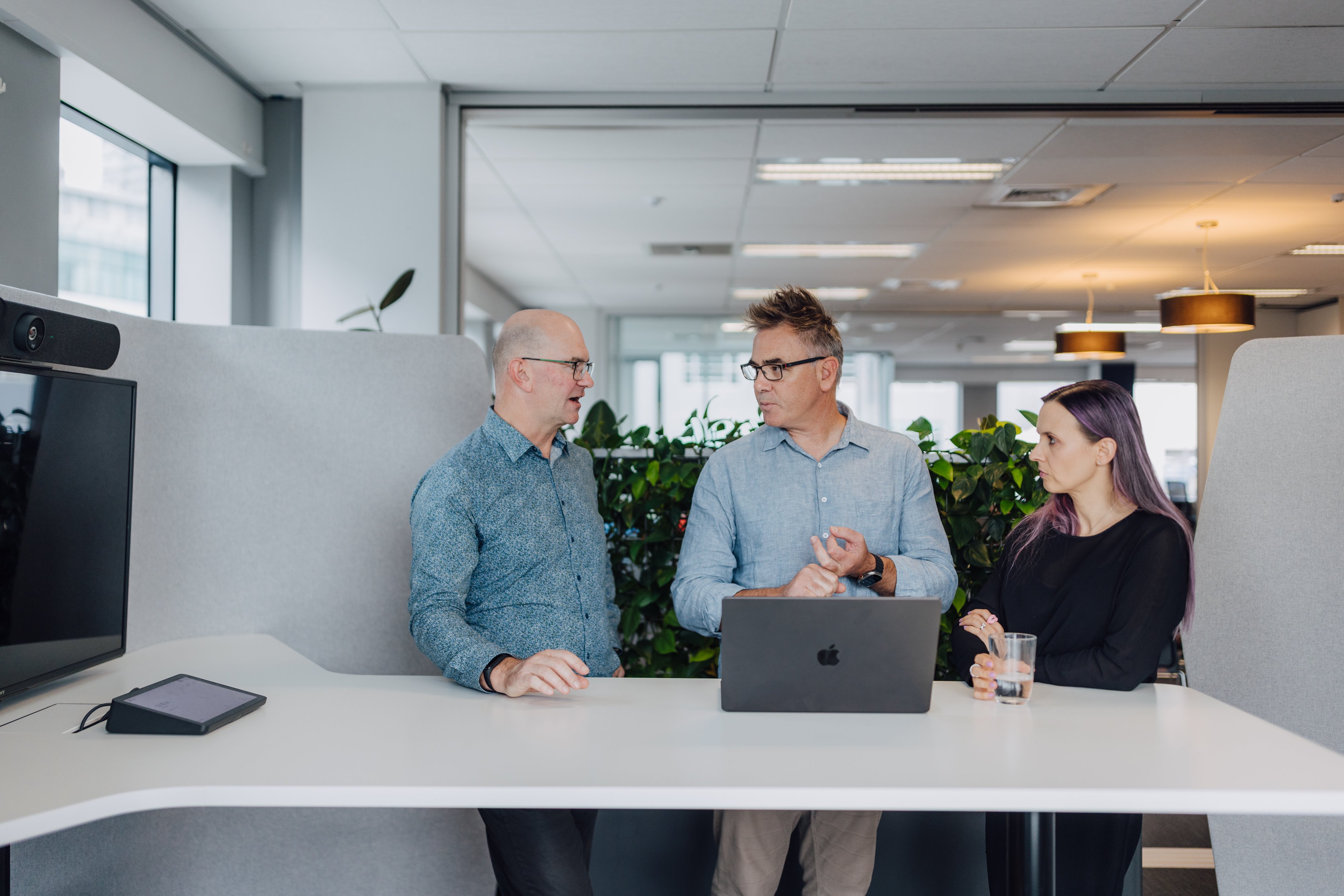In our work with clients across New Zealand and Australia, we see several engineering challenges more frequently than others. The burden and cognitive overload placed on developers over and above writing code, the time taken to stand up new infrastructure for projects (manual & from scratch), challenges with building, scaling quickly, safely and consistently and the prevalence of Tribal knowledge and out of date information stand front and centre.
This blog provides an overview of upgrading to Java 17 with the support of Backstage, drawing from our work in this space. However, Java 21 was released in September, and like Java 17, Backstage can also be utilised to support upgrades to this latest version.
We are increasingly finding Backstage as a developer tool that alleviates these challenges and improves the developer experience. The power of Backstage enables organisations to initiate and stand up a new software project and upgrades with the click of a button. The release of Java 17 is front of mind for organisations launching new projects on Java 17 or actively migrating older projects to Java 17 due to minimum requirements. This can have a large impact on organisations, and we have found that Backstage can support these upgrades.
In a recent engagement with The Warehouse Group (TWG), ClearPoint was engaged in the third stage of a large-scale golden path engineering project. Part of this body of work involved processes to automate upgrading as-built Golden Path applications that were created from prior iterations of the Golden Path templates. The upgrade process was driven by a number of needs at the time; realigning projects to the existing state of the art for the Golden Path, upgrades to incorporate specific new functionality and finally the upgrade from Java 11 to the more recent version 17.
Find out how we partnered with The Warehouse Group to successfully implement Backstage as central to the Golden Path effort, in our recent success story.
Following a successful implementation of Backstage into the customer, the upgrade processes involved the user opting to run an “Action” in the Backstage system that would raise a pull-request onto their project with the necessary changes. A team member would need to work through those suggested changes, blending their current project state with the suggested state to get the upgrade completed.
The alternative to this would be to work step by step through a list of changes that would need to be hand-spliced into the as-built project. With a large number of projects needing to be upgraded across the business, this assisted process has introduced significant time savings across an otherwise very tedious and error-prone process.
Getting the applications to Java 17, a long-term support (LTS) version, is important to be able to continue to capitalise on the investment made in that software. Modernisation is also important for TWG to ensure that its software follows the zeitgeist of modern software engineering and to not fall into a situation where outdated software is vulnerable to security exploits. Bespoke DevOps software, housed in Backstage, has provided a means of achieving this for the client in a time-efficient manner.
Backstage is a developer tool that enhances the developer experience. We can support you to assess your specific needs and initiate a backstage pilot to recognise value. Book a complimentary discovery call to find out more.




